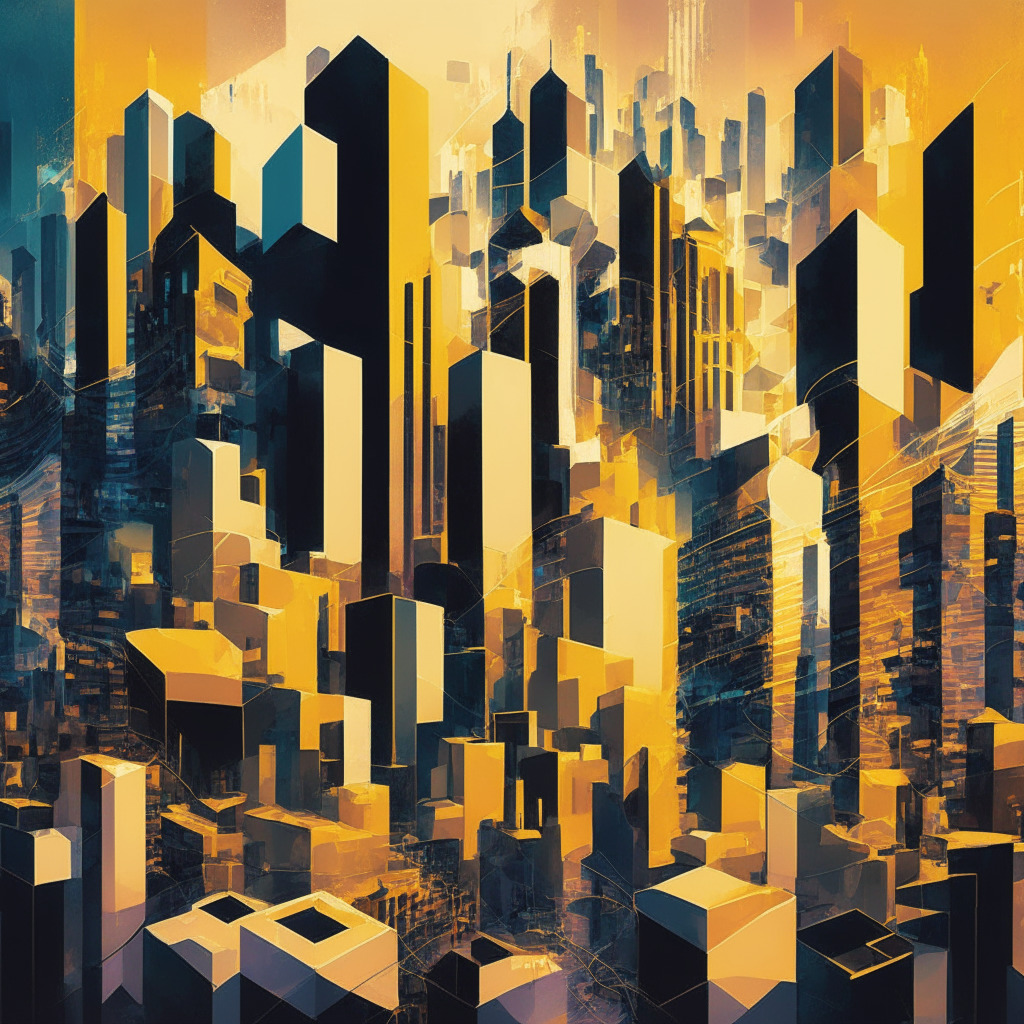The blockchain has been the champion of numerous narratives since inception. Currently, there’s a fresh perspective gaining currency: that of Real World Assets (RWAs). These are tangible properties from the physical realm making their foray onto the blockchain. Currently, the most prominent assets represented are real estate, private credit, gold and U.S. treasuries.
However, this movement begs the question: Are RWAs set to encroach on the traditional digital asset market’s territory? As it stands, the Total Value Locked (TVL) for DeFi- Decentralized Finance – is pegged at $38.8 billion, with a high of around $178 billion achieved in November 2021. That signals a profound opportunity for BTC-oriented investors.
Meanwhile, sectors like real estate are experiencing fewer procedural hurdles and eliminating the need for intermediaries. The tangible benefits not only peg RWAs as a more efficient solution but a cost-effective one too.
But how exactly do they work? Much like traditional assets, RWAs can be purchased via a marketplace or vendor. The difference lies in how these assets interact with the blockchain. Their value fluctuations still mirror those for mainstream market assets. For instance, if you acquire a fractional share of real estate, its price will alter based on market dynamics, akin to Bitcoin.
However, concerns loom surrounding market movements and potential barriers such as regulation or fragmentation. Some RWAs respond directly to their market, and these markets don’t simply provide a price to monitor. Understanding the market you’re operating within while investing in RWAs is crucial due to the potential complexities. Regulation remains an ongoing challenge in the Web3 space, and RWAs may introduce additional issues.
On the other hand, fragmentation, resulting from multiple people owning fractions of a larger asset, can complicate decision-making processes and coordination. Despite these challenges, the potential advantages that RWAs offer are substantial.
As more people embrace the world of blockchain, these processes are likely to become more approachable and user-friendly. RWAs offer a wholly new market regime. Their improved efficiency will ultimately boost adoption rates, thanks to the elimination of intermediaries that are still required in most traditional and Web2 processes.
In conclusion, RWAs present a unique narrative for the future of the Web3 landscape. While the journey might come with hurdles linked to market understanding, regulation, and fragmentation, the anticipation is palpable. As platforms and blockchain technology continue to evolve, one thing is clear: RWAs are geared to play a significant role in shaping the future of blockchain landscapes.
Source: Cointelegraph



